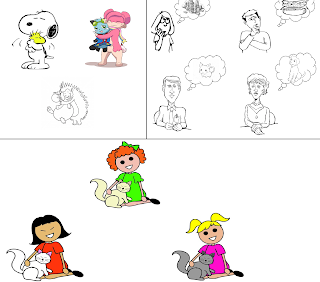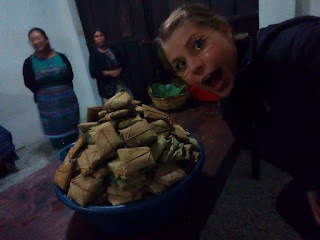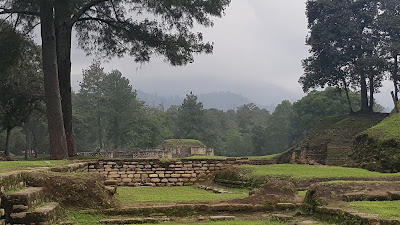Recently, I came down with a stomach bug and had to go to the doctor. I'm alright now, but when I needed medical care, it was really easy to get, especially with the help of Pedro and my host-mom. Pedro took me to my first doctor's appointment, and after a simple test, they prescribed me a mountain of medicine, which I was able to buy several minutes later in the same building, for way cheaper than in the U.S. Fast forward two days, and I have been feeling better, but I seemed to be having a different problem, so I went to the doctor again. This time my host-mom took me. We had to go to a different doctor than my first visit because it was Saturday, and very few doctors were seeing patients, but luckily for me, the doctor we went to was close by and only had one patient ahead of me. My host mom took a picture of me waiting in the office: I made sure to bring my Spanish-English dictionary because Pedro wasn't there to help me and my Spanish concerning medical terms










